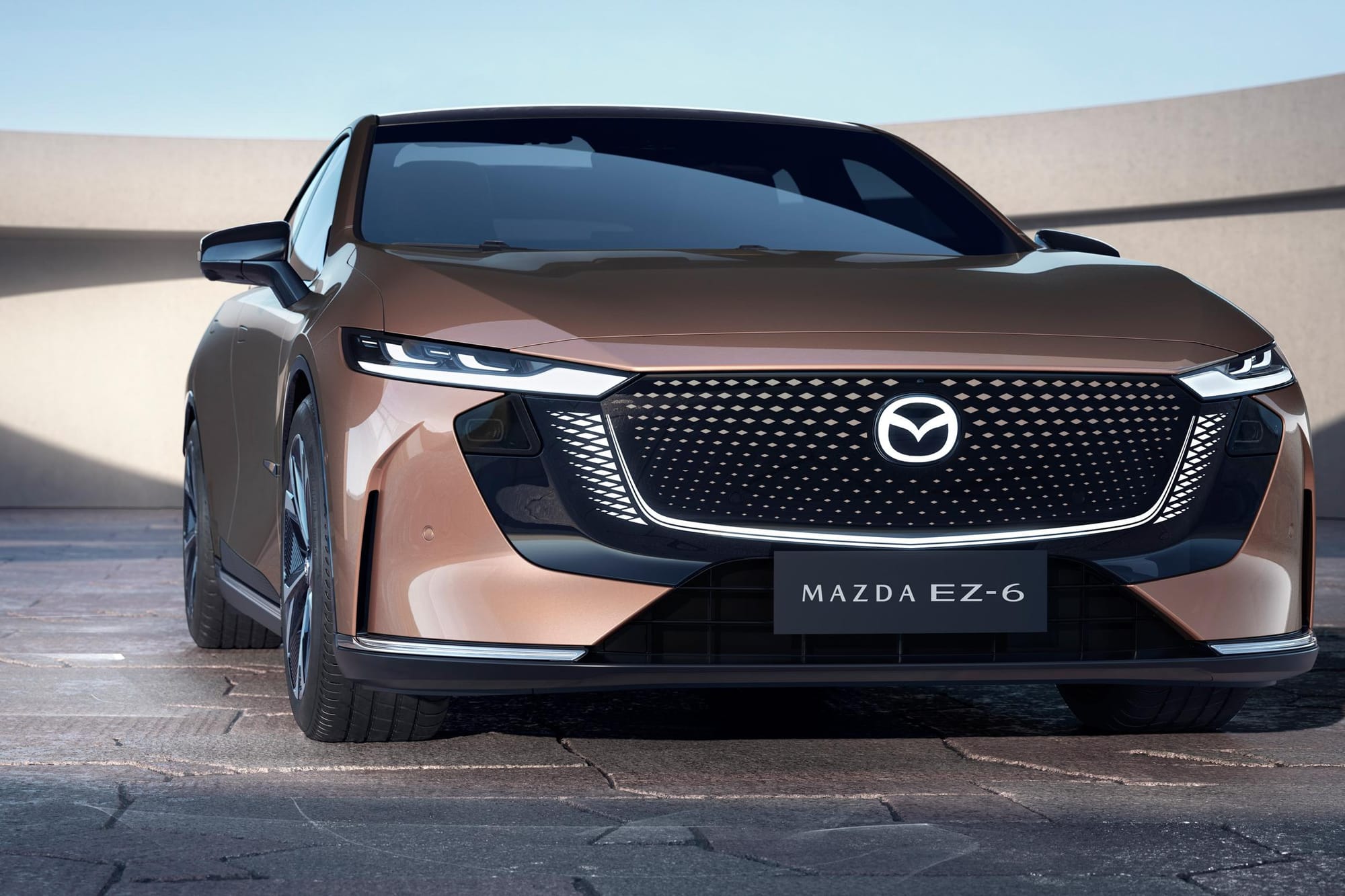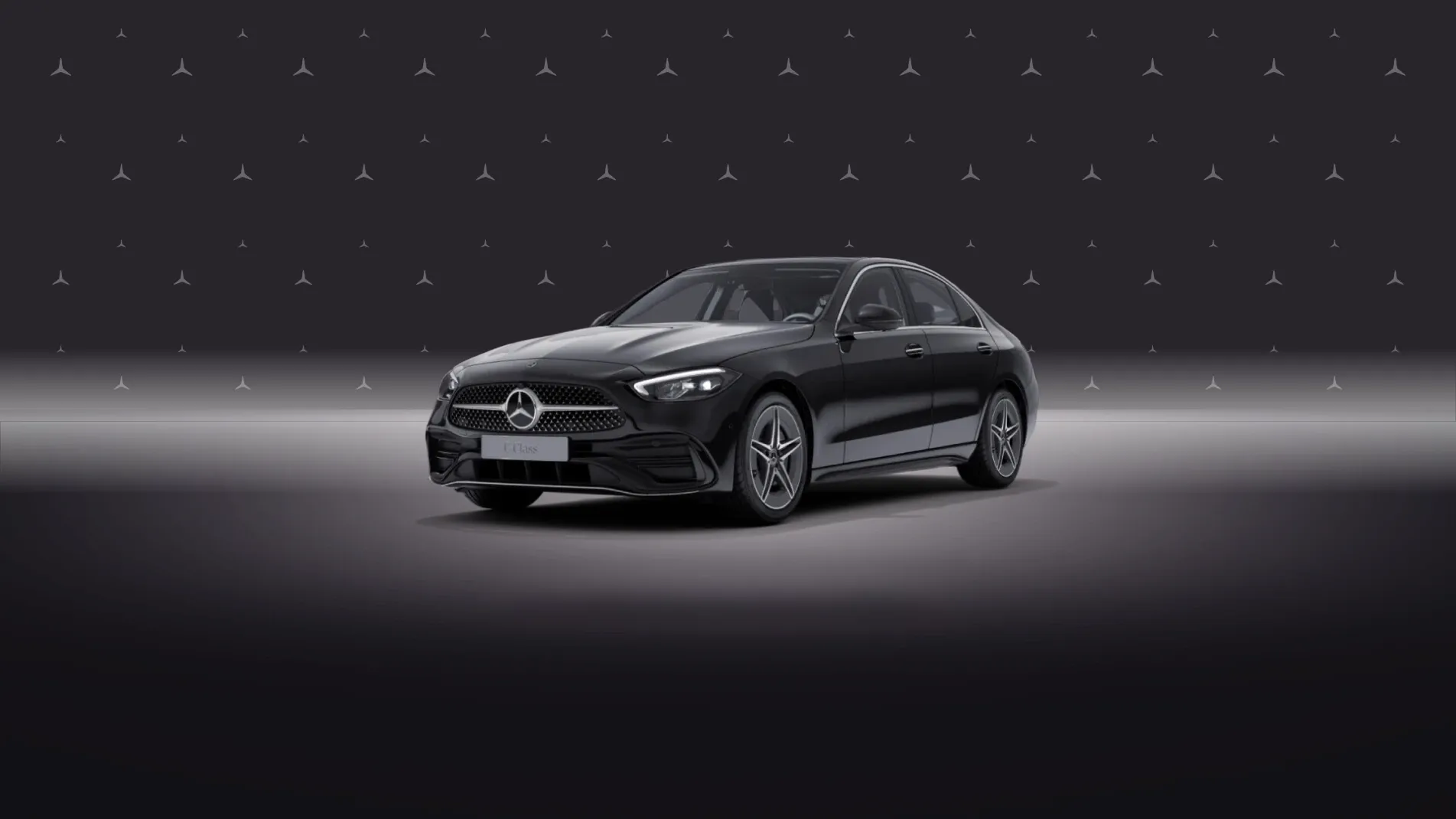Mazda has unveiled details of its new electric vehicle, the EZ-6, which is set to debut in China with a potentially attractive price point. However, questions remain about its availability in the Australian market.
The electric vehicle (EV) market experienced significant growth in 2023, with global sales reaching nearly 14 million units, according to the latest report from the International Energy Agency (IEA). This marks a 35% increase from 2022, bringing the total number of EVs on roads worldwide to 40 million.
Global Market Share: EVs accounted for approximately 18% of all cars sold in 2023, up from 14% in 2022 and just 2% five years ago. Battery electric vehicles (BEVs) made up 70% of the total EV stock.

Regional Performance:
- China: Remained the largest EV market, with sales growing by 35% in Q1 2024 compared to Q1 2023.
- United States: Saw continued growth despite changes in tax credit eligibility.
- Europe: Experienced slower growth but maintained a significant market share.
- Emerging Markets: Countries like India and Thailand showed remarkable growth, with Thailand's EV sales quadrupling to reach a 10% market share.
Policy Impacts:
- In the U.S., changes to tax credit eligibility affected sales of some models.
- India's FAME II scheme and other incentives boosted demand.
- Thailand's subsidies and tax reductions, coupled with Chinese manufacturer presence, drove rapid growth.
Industry Developments:
- Chinese manufacturers are expanding globally, with BYD planning production facilities in Thailand.
- New models from various manufacturers are driving growth in emerging markets.
Future Outlook:
- Q1 2024 sales surpassed 3 million units, a 25% increase from Q1 2023.
- Growth is accelerating in markets outside the major EV countries, indicating a broader global transition.
Challenges:
- Some markets are seeing slower growth in BEV sales compared to plug-in hybrids.
- Policy changes and economic factors continue to influence market dynamics.


The robust growth in EV sales, particularly in emerging markets, signals a significant shift in the global automotive landscape. China's dominance in the EV market continues, but the rapid adoption in countries like Thailand and India suggests that the EV revolution is spreading beyond traditional strongholds.The varying growth rates between BEVs and plug-in hybrids in different markets highlight the complex factors influencing consumer choices, including infrastructure development, government policies, and manufacturer strategies.
As the EV market matures, manufacturers and policymakers will need to adapt to changing consumer preferences and market conditions. The expansion of Chinese manufacturers into international markets could reshape global competition, while established automakers will need to accelerate their EV strategies to maintain market share.














